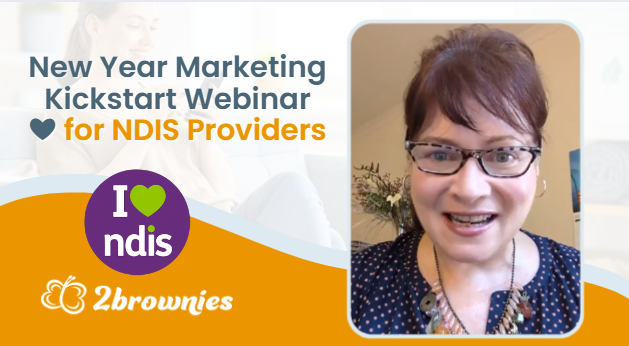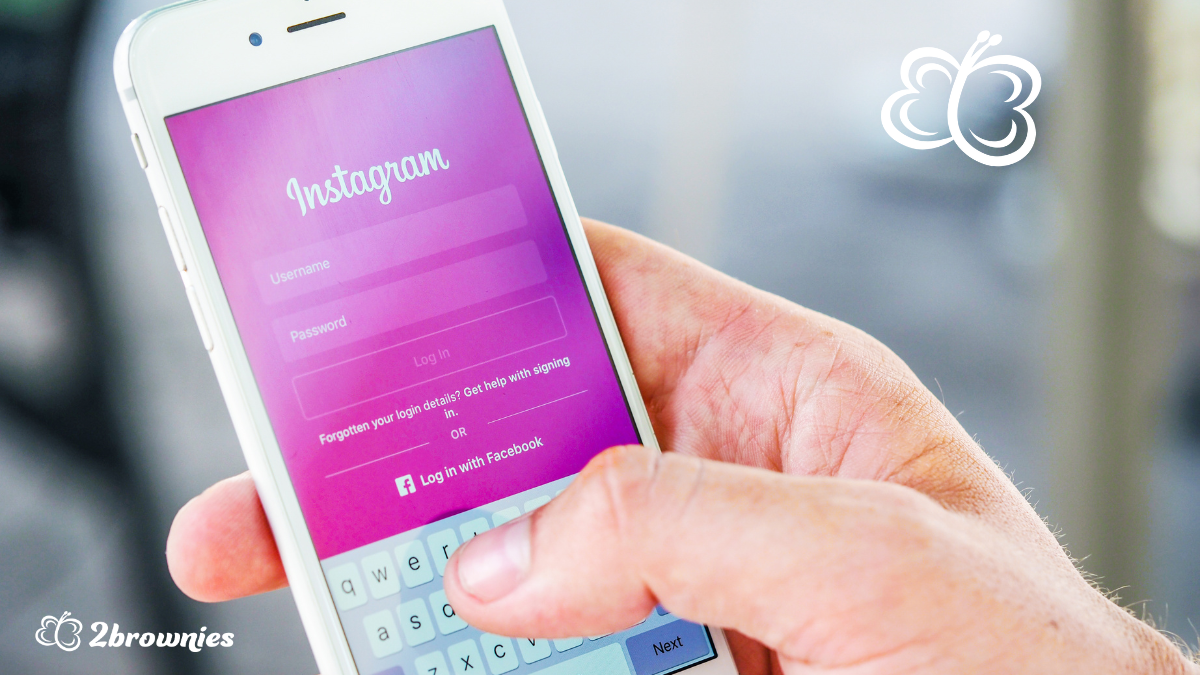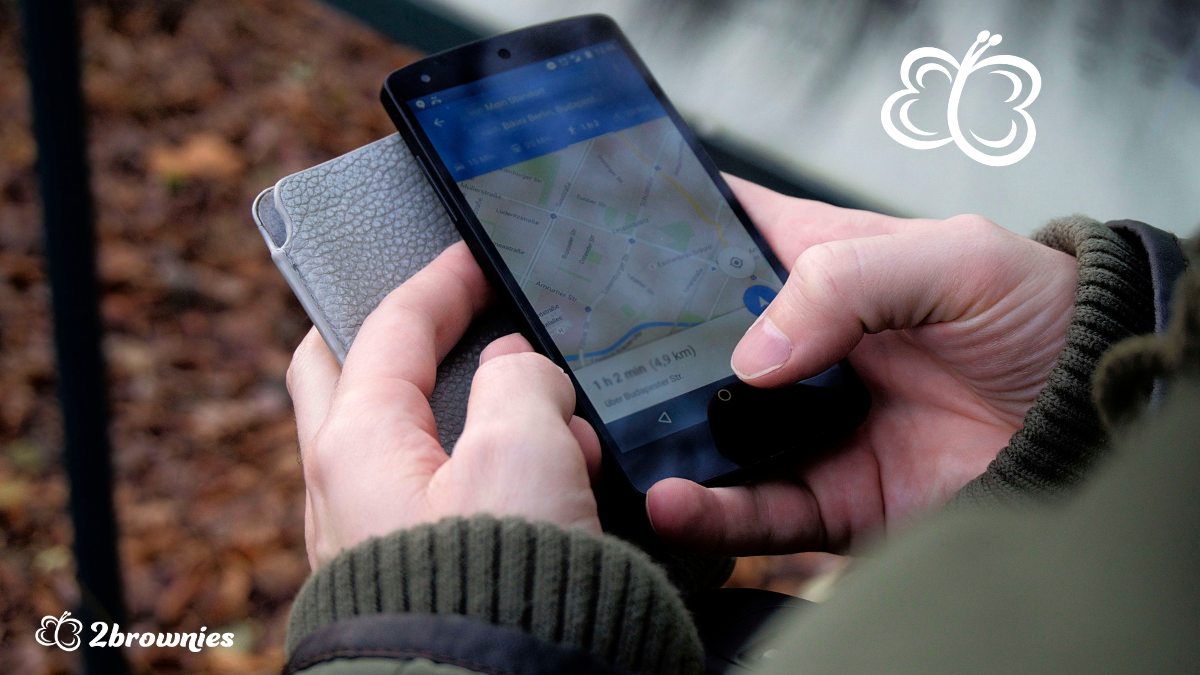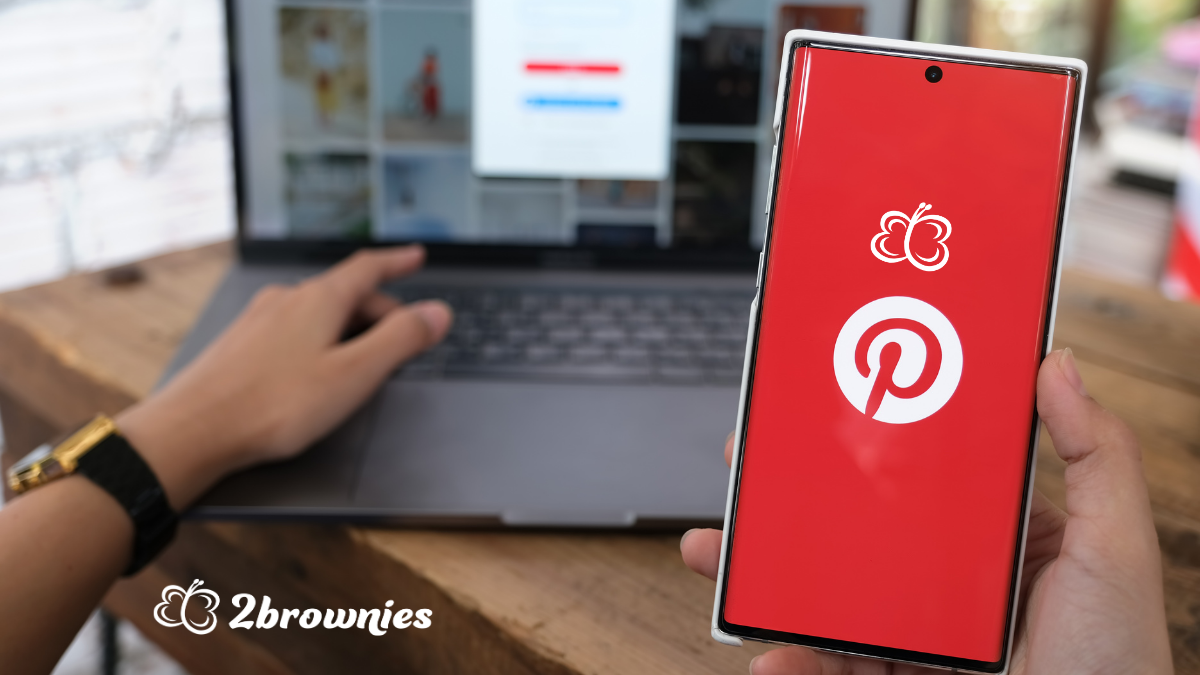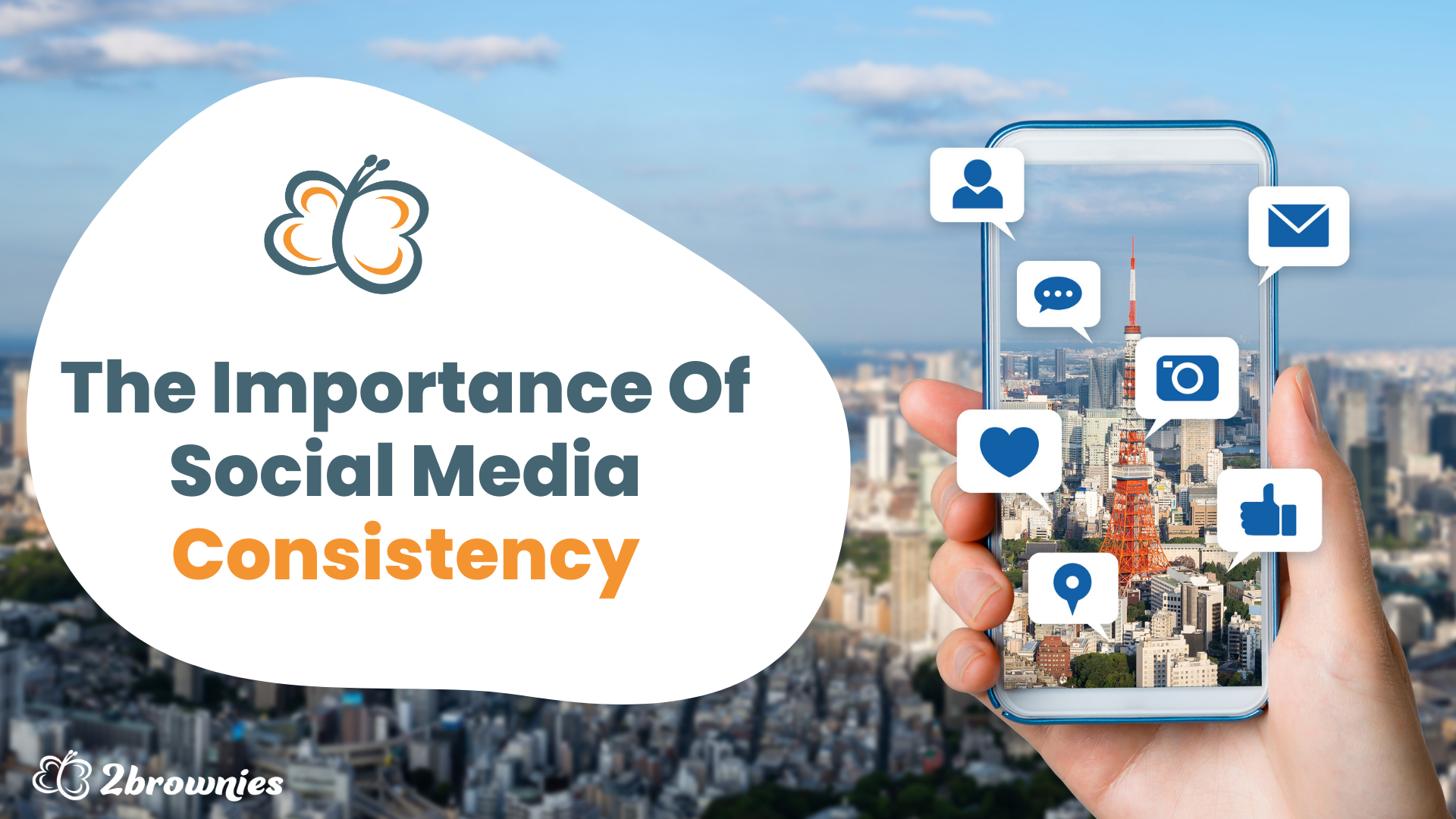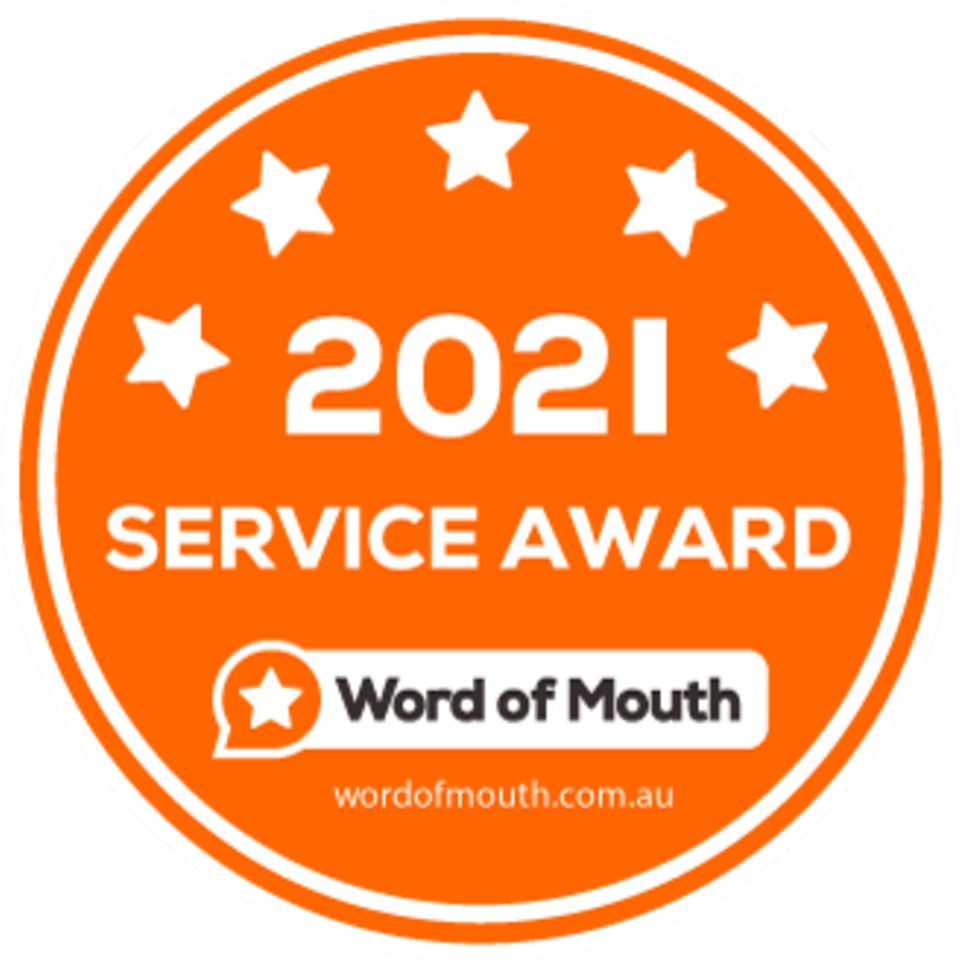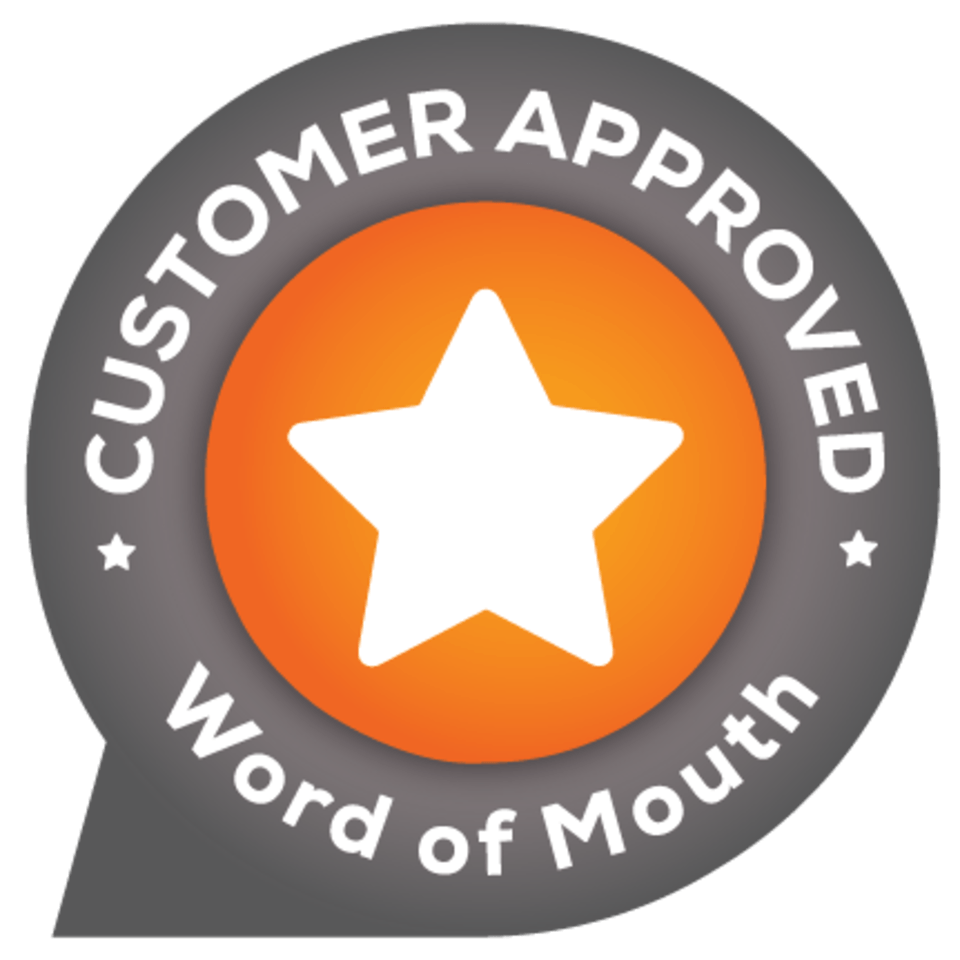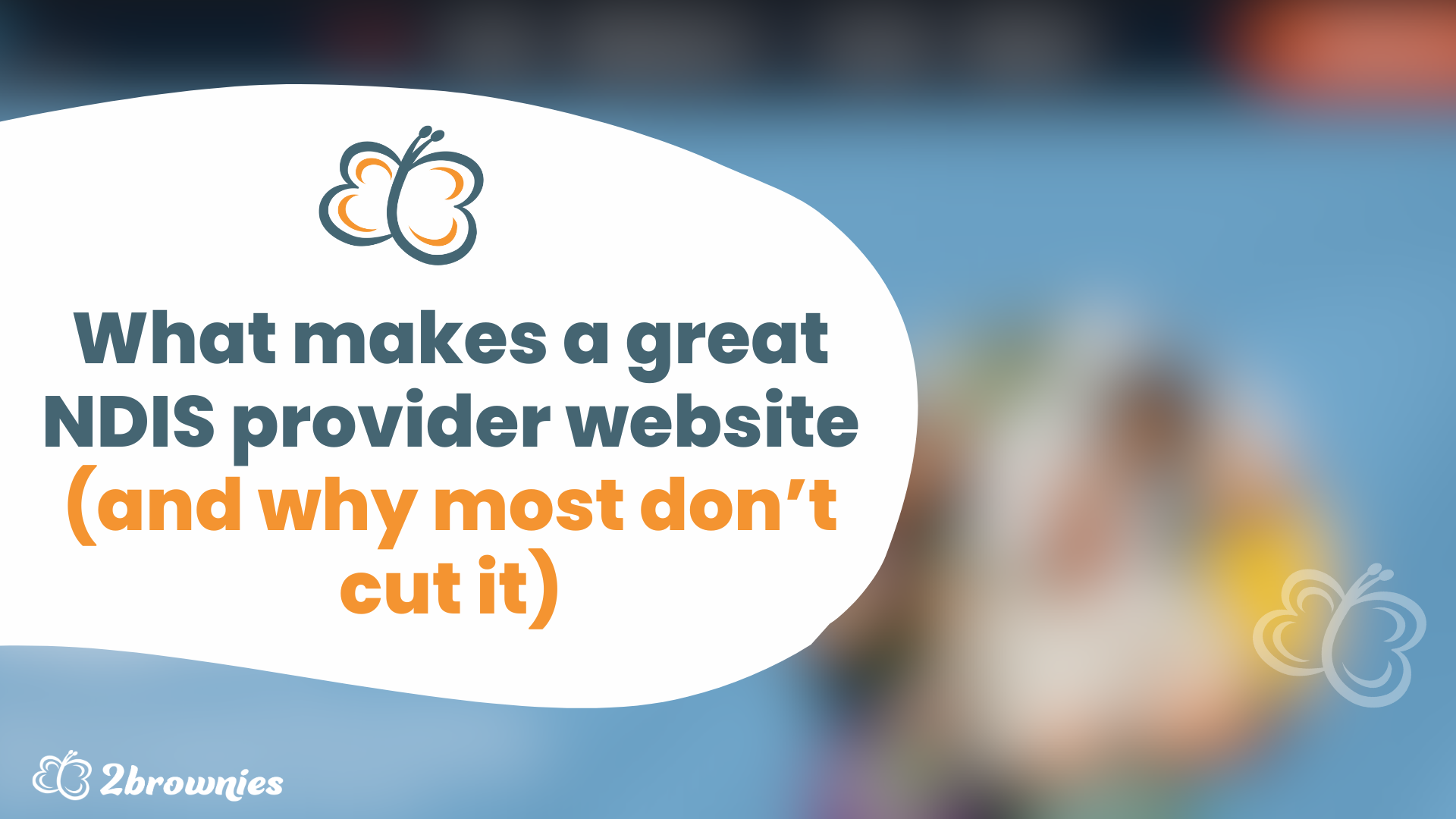
Not all NDIS websites are created equal. A lot of provider sites look the part — but don’t actually help people understand what support is offered, how to access it, or why they should trust you.
At 2Brownies, we’ve worked with NDIS providers across Australia to design sites that feel real, build credibility, and support both participants and referrers. The best ones follow a clear pattern — and the forgettable ones usually miss it.
Here’s what separates a professional, effective NDIS website from one that just ticks the box.
1. Your NDIS Website Should Be Clear About Who You Help and Where
The best NDIS provider websites make it obvious — straight away — who they support, where they operate, and what kind of support they provide. People shouldn’t have to guess whether you're the right fit. Strong homepages say things like:
“Supporting adults and teens in Melbourne’s southeast with daily routines, transport, and mental health support.”
That’s clear, confident and participant-focused. It also makes your site easier to refer — which matters when support coordinators are looking at five providers in one sitting.
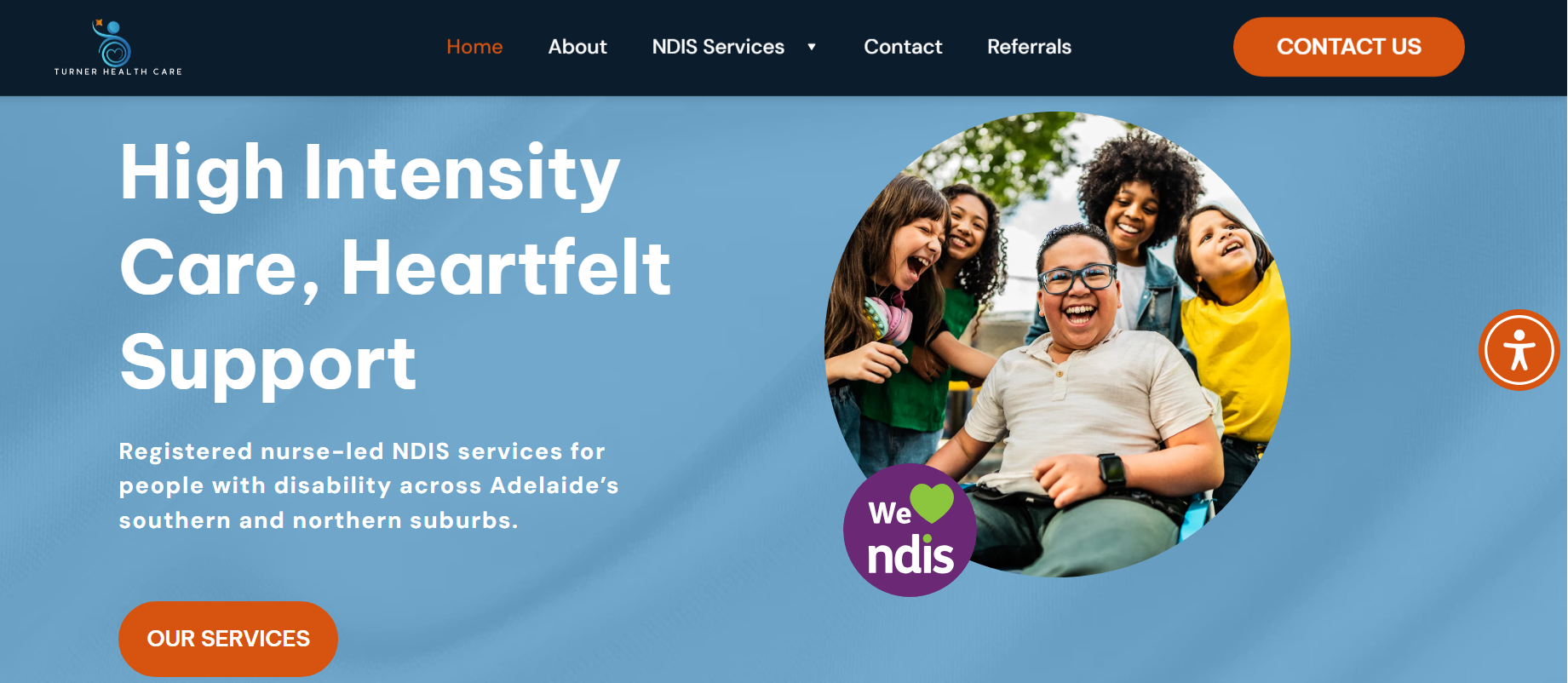
2. NDIS Websites Need to Look Trustworthy — Not Like a Template
Stock photos and generic slogans aren’t enough. Your website should look and read like it’s run by a real team — not pulled from a brochure generator. At 2Brownies, we design NDIS websites that use:
- Clean, mobile-friendly layouts
- Readable fonts and high contrast
- Real photos (if we can get these from our client) and custom colour palettes
- Plain language that reflects how you speak
People make fast judgments online. A strong design with real images builds instant credibility and helps them take the next step.
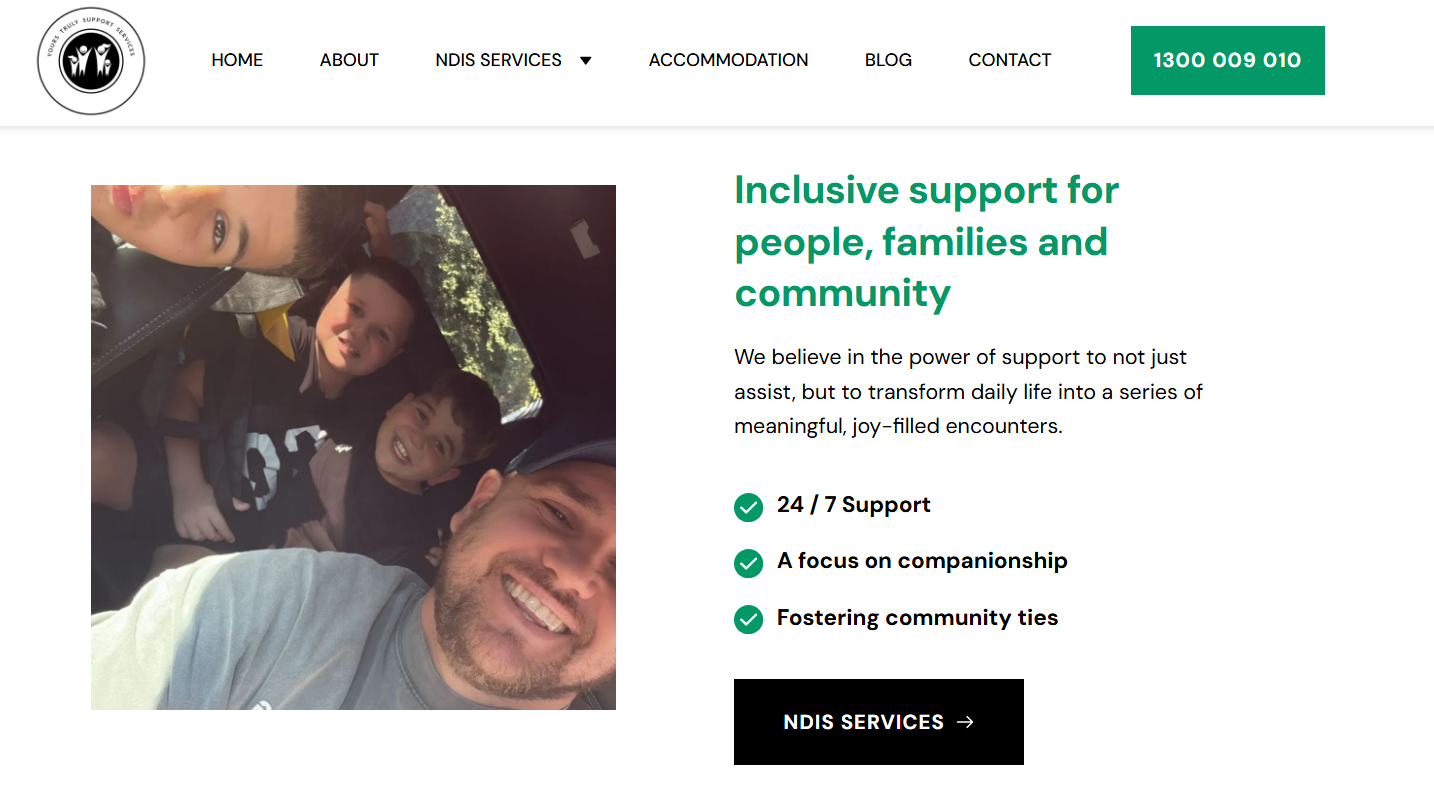
3. Speak to Participants, Families and Referrers — Not Just “Everyone”
Good NDIS websites don’t speak in circles. They explain what you actually do — in practical, everyday terms.
Include:
- What supports you offer to real humans (not just NDIS category / funding lines)
- Who you help (age, support types, cultural focus)
- What to do next (clear contact or referral process)
If you're not sure who your site should be speaking to, start here:
Why Most NDIS Websites Miss the Mark — and How Personas Can Fix That
4. Accessibility and Usability Should Be Baked In
Accessibility isn’t just about WCAG 2.1 compliance. It’s about creating a site that works well for everyone, on every device. That means:
- Clear structure and heading order
- Alt text for images
- An accessibility widget to modify the text for low vision people
- Big buttons, strong contrast
- Keyboard navigation
You can’t afford to make it hard for someone to access your site — especially if that person needs support. At 2Brownies, we bake in all of the above into every one of our client sites. Read more about why accessibility matters for NDIS Provider websites.
5. Build Your Website to Be Referral-Ready and Audit-Friendly
A great NDIS website doesn’t just support participants. It supports your team, support coordinators, community referral partners and auditors. That means including:
- A mobile-friendly referral form or contact options
- Simple contact forms that take no more than 1 minute to fill out
- Optional org chart or team overview
- Pricing page
- Links to key documents or policies (where needed)
These elements make it easier for people to refer to you, and easier for auditors to see that you're running a clear, transparent service.
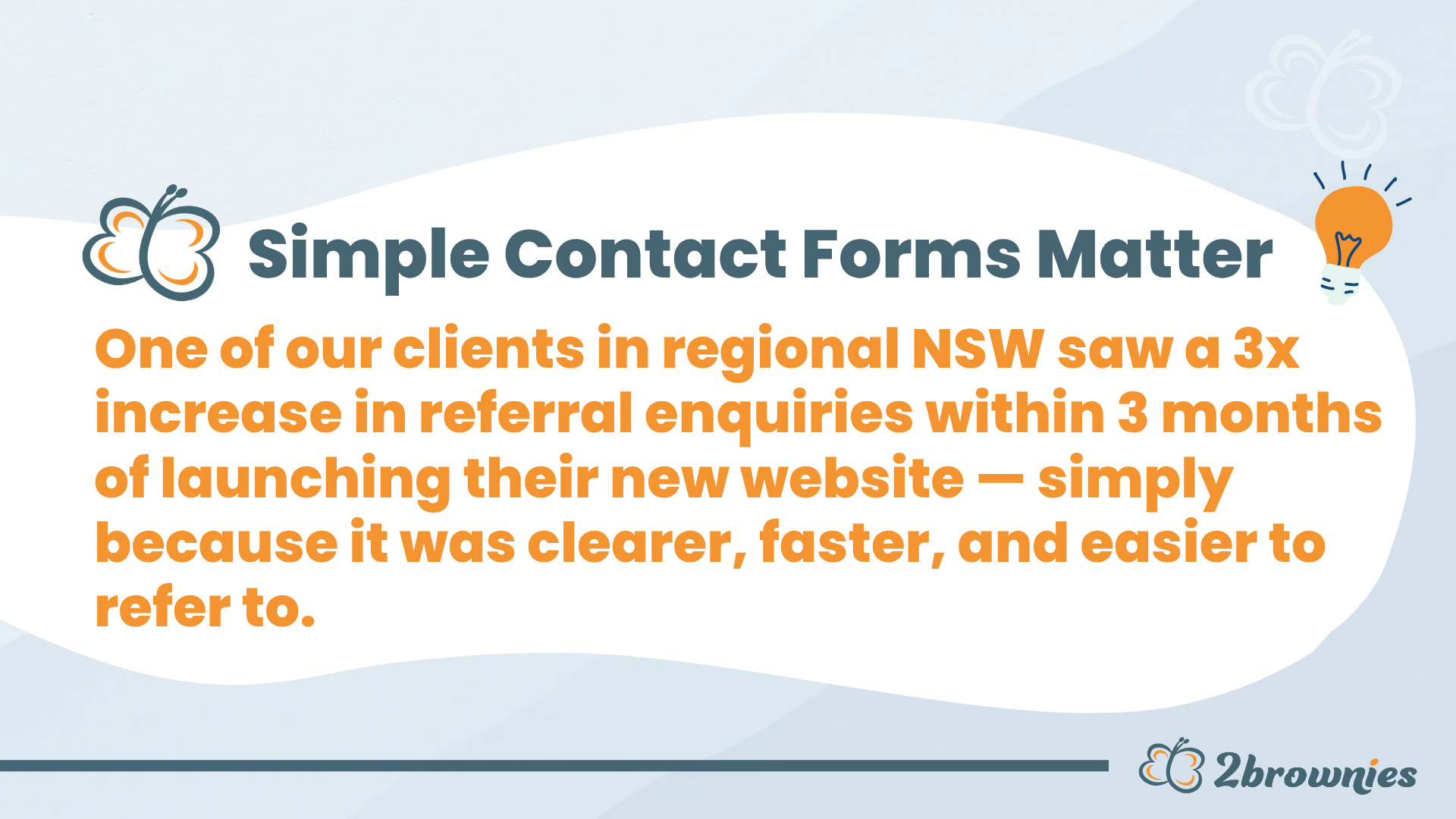
Looking for a Professional NDIS Website That Actually Works?
At 2Brownies, we design NDIS websites that are more than just pretty pages. We’ve worked with hundreds of providers to build sites that connect with participants, support referrals, and pass audit with confidence.
→ Explore our NDIS Website Design Services
FAQs
What should an NDIS provider website include?
At a minimum: who you support, what services you provide, where you operate, who you are (and why you're different) and how someone can contact or refer in one step. It should also include accessibility features, a clear service list, feedback form, privacy policy and website terms of use.
How do I choose the right website designer for my NDIS business?
Look for someone who understands the NDIS space, builds accessible websites, and can help you position your business clearly. A good designer should ask about your audience, not just your logo.
Is website accessibility required under the NDIS?
While not mandatory for registration, accessibility is essential for trust, usability and best practice. It also helps meet requirements during audits and supports people who rely on assistive technology.

About the Author
Our General Manager, Vanessa, has a background as a business consultant and loves to share her experience and perspective with our clients and readers. If you have questions about your own NDIS provider business, chat with Ness anytime on 1300 608 114 or
find Ness on LinkedIn
or follow Ness for NDIS Provider insights on Medium.
Learn more about Vanessa
here.

